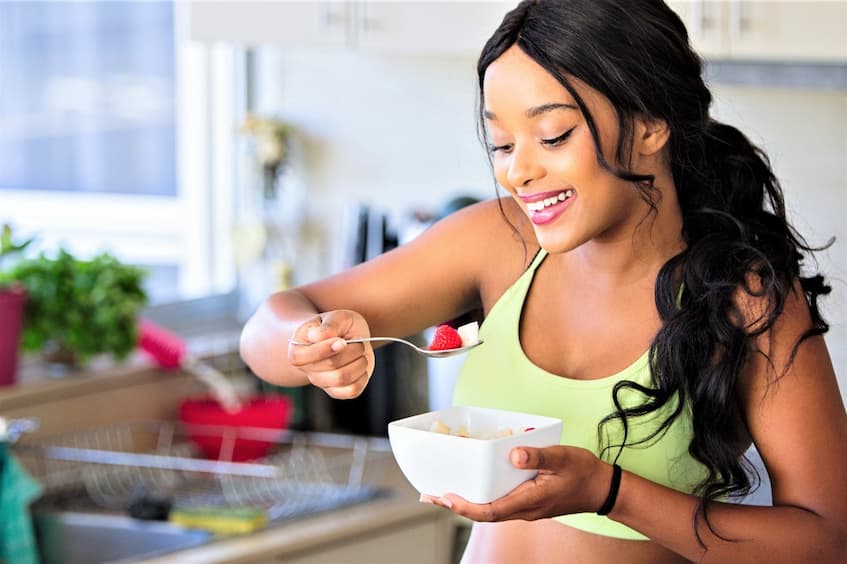More than just a trend, being healthy and fit is a way of life. It’s what leads to a happy, stable, and prosperous lifestyle. However, due to changing lifestyles, rising expectations and expenses, sustaining a healthy body and mind can be tough and difficult nowadays. Somehow, it’s easy to end up worried about the future and using shortcuts to obtain accomplishments in less time.
Physical fitness does not indicate health; in fact, optimal health includes being both cognitively and emotionally well. Though many things influence our quality of life, we can adjust our habits to live a more productive life. Even small adjustments can have a big influence on your health and well-being. The following are a few small habits that you should try for a healthier lifestyle.
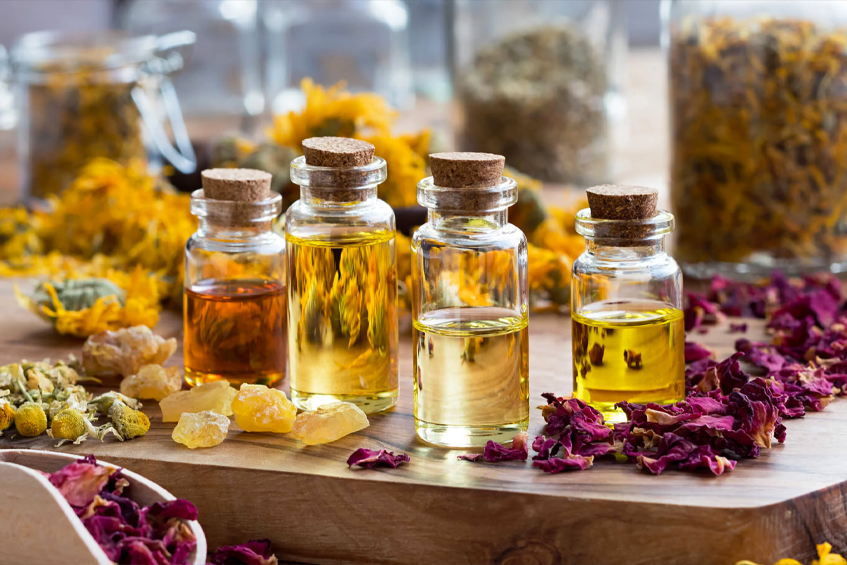
Essential Oils
For years, alternative medicine aficionados have believed in the potency of essential oils. However, with their rising availability and alleged health benefits, they are entering the mainstream. A number of studies have reported essential oils to be incredible with delivering several advantages. The issue is how people utilize them.
Essential oils are used in aromatherapy, which is a form of alternative medicine that employs scent to enhance one’s health or is administered topically to the skin. Essential oils have been shown to help improve sleep and mood, assist with performance in the job by reducing stress and improving concentration, and eliminate bacteria, fungi, and viruses. Additionally, they can reduce pain and discomfort, ease inflammation, reduce nausea and relieve headaches.
Because essential oils are so potent, you must exercise caution when and how you utilize them. To avoid side-effects, only small quantities, usually a few drops, should be used. You also must exert caution when choosing which to use. It’s very important that you buy certified organic essential oils since those that aren’t organic have the potential to expose your body to germs, adulterants or other undesirable things like heavy metals.
An essential oil containing contaminants can lead to unwanted effects such as irritation and even sickness. Organic essential oils, on the other hand, are safe to use and will deliver you the desired benefits. Not only do they give peace of mind that your body will be protected from unwanted additives, but you will also find them to be more useful and effective.
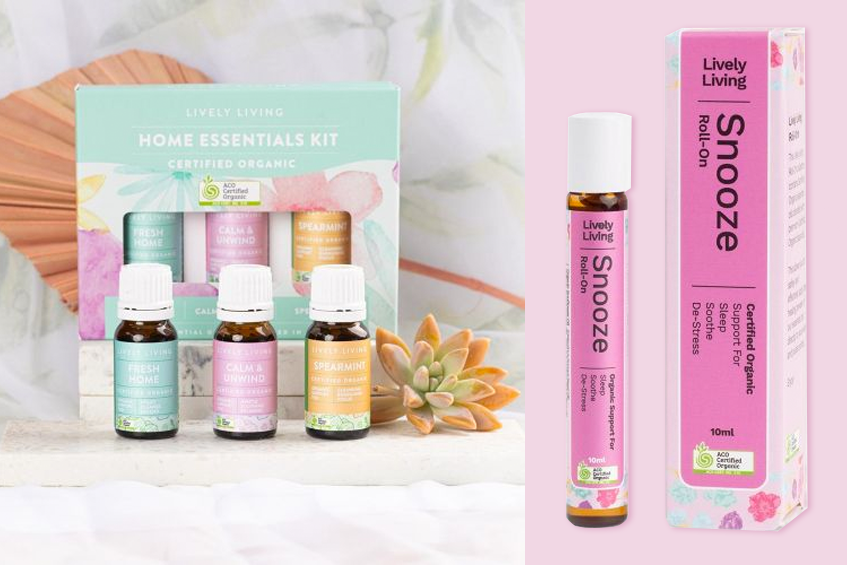
Unfortunately, there isn’t an accepted standard or regulatory body that ensures essential oil quality. This means essential oil companies regulate themselves for producing pure, safe oils. Each company will have its own process for producing essential oils and ensuring safety, so it’s up to them to make sure that proper measures are taken to create pure essential oils.
In order to ensure you are getting certified organic essential oils, you’ll need to do a little research about the company you are buying from. A reliable essential oil company will provide information about the processes and testing they do to ensure the safety and purity of their oils.
Cardio Exercise
One of the simplest changes you can make to your health routine is to begin your day with some type of cardio exercise. Regular cardio exercise, as part of a heart-healthy lifestyle, can not only boost your resting blood pressure and heart rate, but these simple adjustments can also mean your heart doesn’t have to work as hard all of the time. Do it before you eat breakfast to rev up your metabolism.
A cardio exercise involves any activity that raises your heart rate, which includes much more than running or brisk walking. One great cardio exercise you can start with is the jump rope. It is a terrific cardio workout at home because you can perform it in virtually any place with only a simple jump rope that you can get almost anywhere.
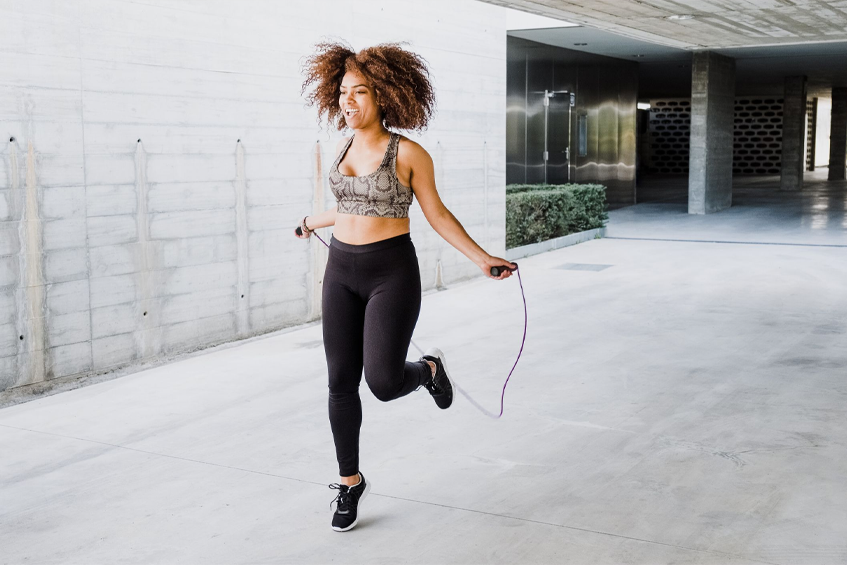
Source: runnersworld.com
Jumping rope for 20 minutes may burn around 220 calories. If you feel like it’s too challenging for you, especially if you’re a couch potato, you can start with something as simple as walking about half an hour a day several days a week. Although it may seem otherwise, it’s an activity that can elevate your heart rate with a quick pace. The best of it all is it doesn’t feel like exercise, and it’s not that harsh on the joints.
Whole Grains
Replacing processed grains with whole grains is another effective way to improve your health. A diet rich in whole grains may improve cholesterol levels, lipid metabolism, body mass index (BMI, a measure of body fat based on height and weight), blood sugar management, and immunity.
Whole grain consumption is high in dietary fibre, iron, and B vitamins, and is thus linked to a lower risk of obesity, type 2 diabetes, cardiovascular disease, and some forms of cancer, such as colon cancer. Whole grains have the full kernel, whereas refined grains have the bran and germ removed, as well as the nutritional fibre, iron, and several B vitamins. With the range of whole grain specialty flours such as cornmeal, buckwheat, millet, teff, and quinoa flours available on the market today, you’ll sure get to create something delicious.
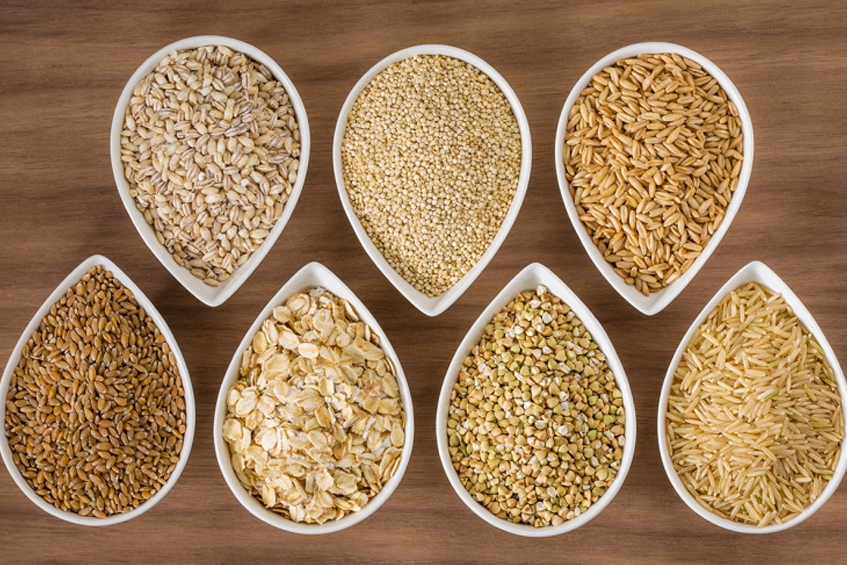
Just be careful when selecting your products because most labelled “whole grain” or “multi-grain” are not necessarily whole grain. You can’t merely trust labels, nor can you tell whether a slice of bread or a cracker is whole grain by its colour; items can be coloured darker to appear to be produced from more healthful components, rather than the refined ones they actually contain.
So, when shopping for wholegrain cornmeal, buckwheat, millet, and any other kind of wholegrain products, make sure you examine labels carefully and inquire about ingredients. Give preference to products with reduced sodium, sugar, and fibre content. Because whole grains have health advantages, they should not be the focus of your diet. Whole grains should instead be utilized to replace less healthful ones.
Including more grain in your diet is not as good for your health. As a rule of thumb, limit grains to a modest amount of your diet – experts suggest 30%, with half of it being whole grains. Fruits and vegetables should take centre stage in your meal, accounting for half of your total plate space. The remaining 20% should be made up of various high-quality proteins.


